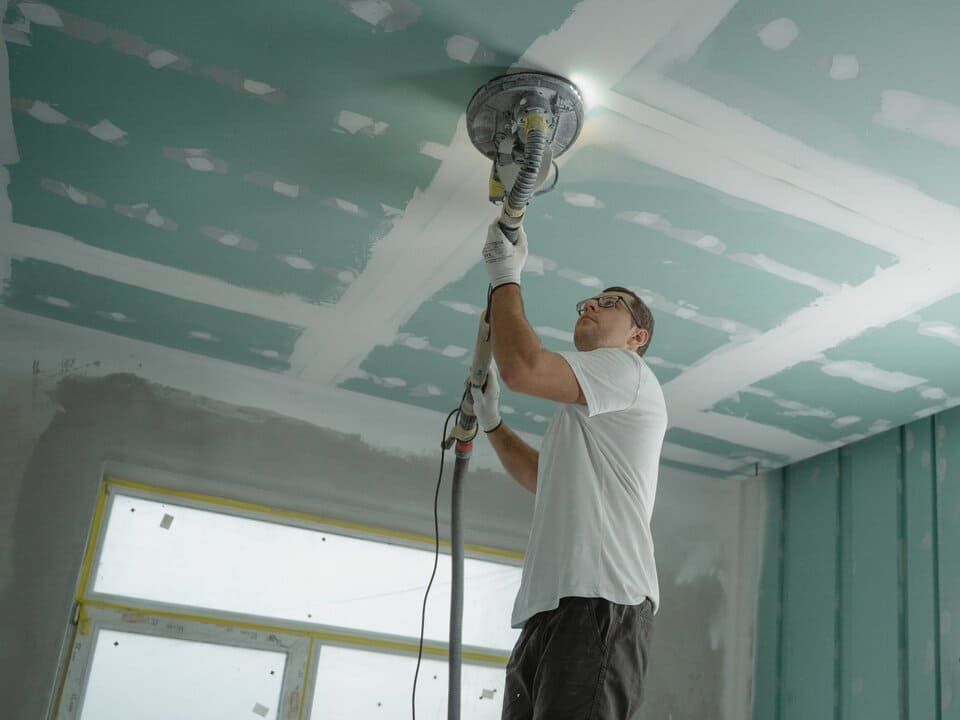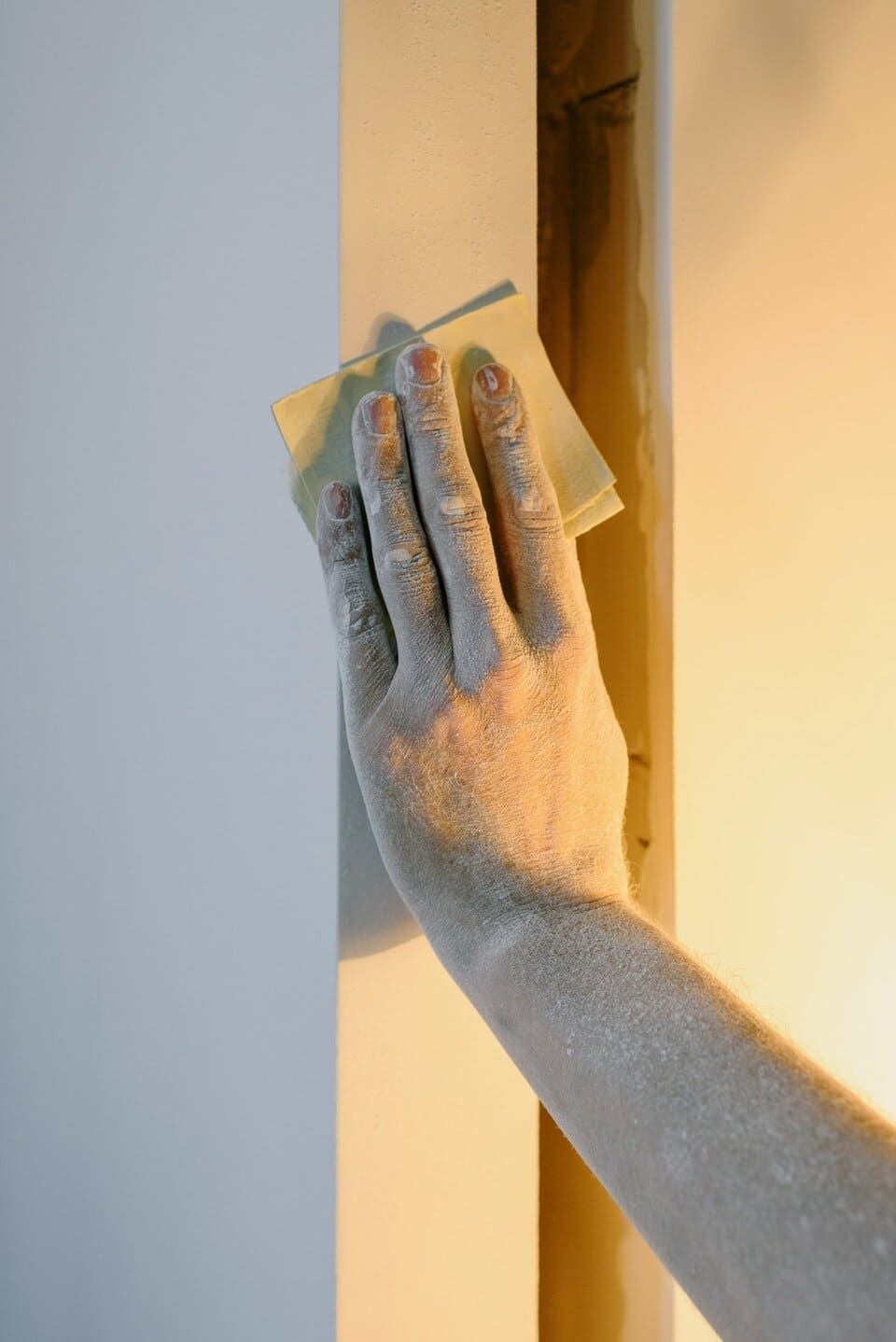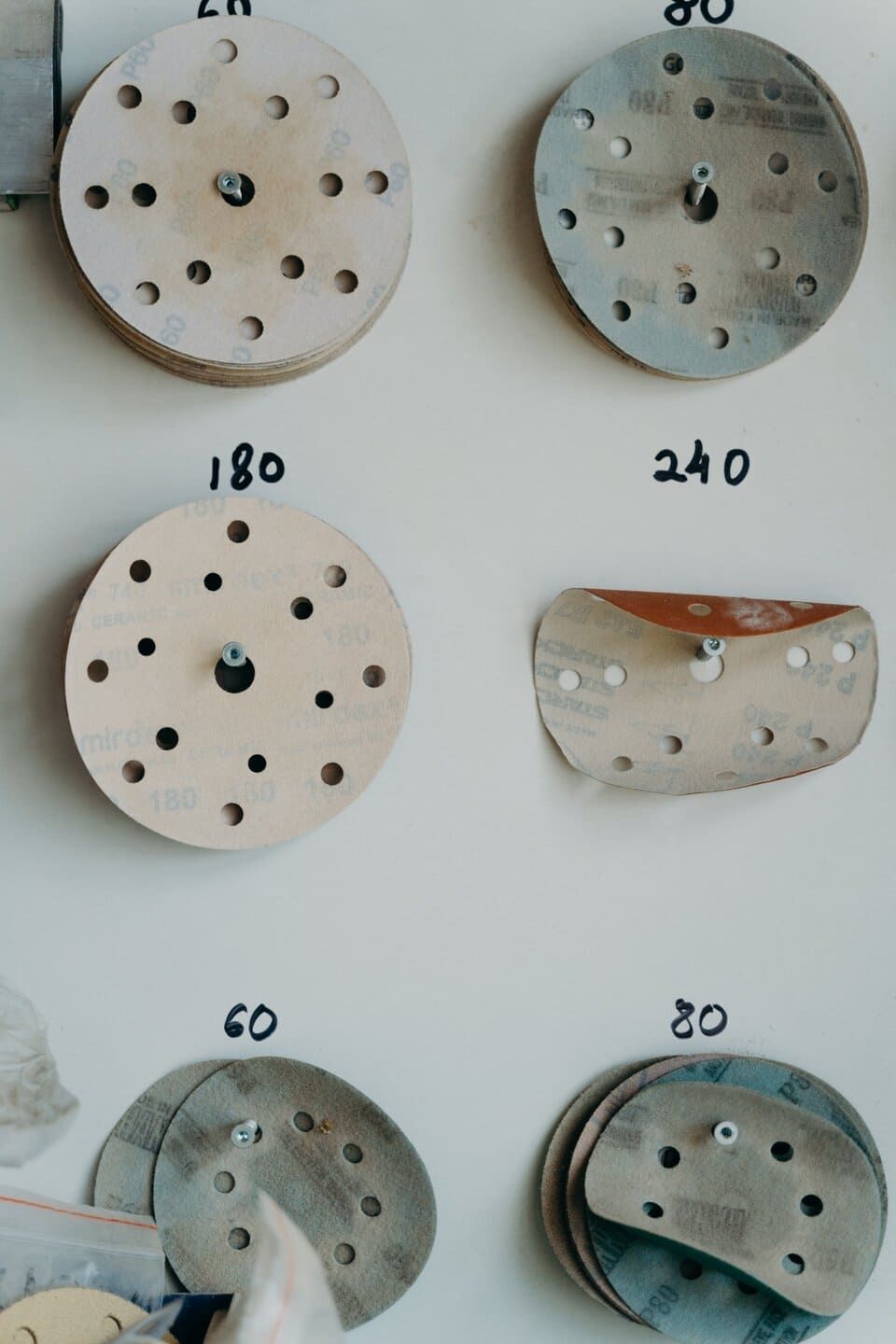Drywall Sanding
Sanding for smooth Finish
What is Sanding?
At our company, we understand that drywall sanding is a critical step in achieving a flawless finish in any drywall installation project. Our expert team ensures that this process, which involves smoothing the surface of the drywall to prepare it for painting or
texturing, is executed to perfection. Proper sanding after
drywall mudding can significantly enhance the visual appeal of the
Drywall finish, making our professional touch essential for any construction or renovation project.


Types of Sanding Tools and Materials
Our skilled professionals utilize a range of sanding tools tailored to the needs of your project. We employ both manual sanding tools, such as sanding blocks and sponges for precision work, and power sanding tools like orbital sanders and sanding poles for larger surfaces, ensuring efficient and consistent results. We carefully select the appropriate grit of sandpaper for each stage, starting with coarse grits (40-60) for initial rough sanding, progressing to medium grits (80-120) for intermediate smoothing, and finishing with fine grits (150-220) for a polished look.
Techniques for Effective Sanding
Our systematic approach to sanding guarantees a smooth and even drywall surface. We begin by sanding the joint compound applied over seams and screw holes with coarse grit sandpaper to remove high spots. Our team then transitions to medium grit for further smoothing and finishes with fine grit to achieve a pristine finish. We sand in a controlled circular or back-and-forth motion, applying even pressure to avoid creating grooves. Regular inspections during the process ensure that any remaining imperfections are addressed promptly, and our expertise prevents over-sanding that could damage the drywall paper.

Safety and Maintenance Tips for DIY Projekts
Safety is paramount when sanding drywall due to the fine dust generated, which can be harmful if inhaled. Always wear a dust mask or respirator, safety goggles, and protective clothing. Using a sanding pole with an attached vacuum can help minimize dust spread. After sanding, clean your tools thoroughly to extend their lifespan. Regular maintenance of power sanders, such as replacing worn-out sandpaper and checking for mechanical issues, ensures they operate efficiently and safely for future projects.